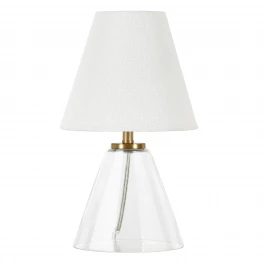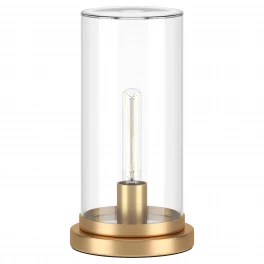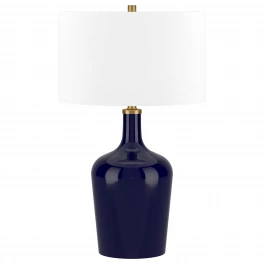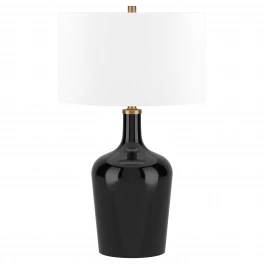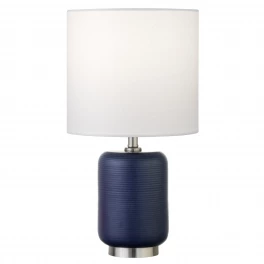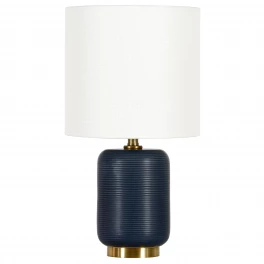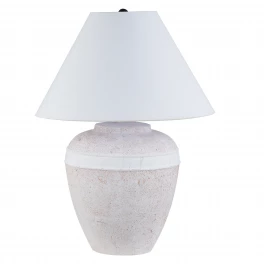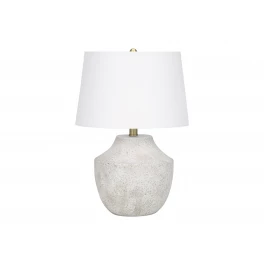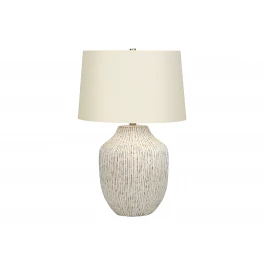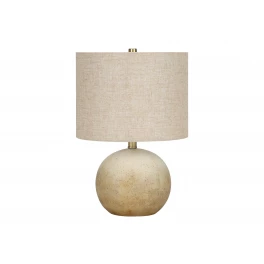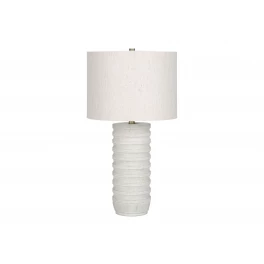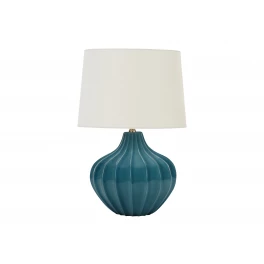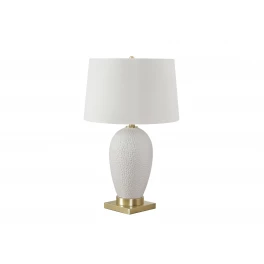Backyard bird watching is a popular hobby that can be both fun and fulfilling. You get a front row seat to the natural beauty and interesting behaviors of your avian visitors, and they snag a reliable meal. But what do you do if your favorite feathered friends don’t put in an appearance? While there are no magic seeds that bring all the birds to the yard, providing feeding and nesting options geared towards those that most interest you are good strategies.
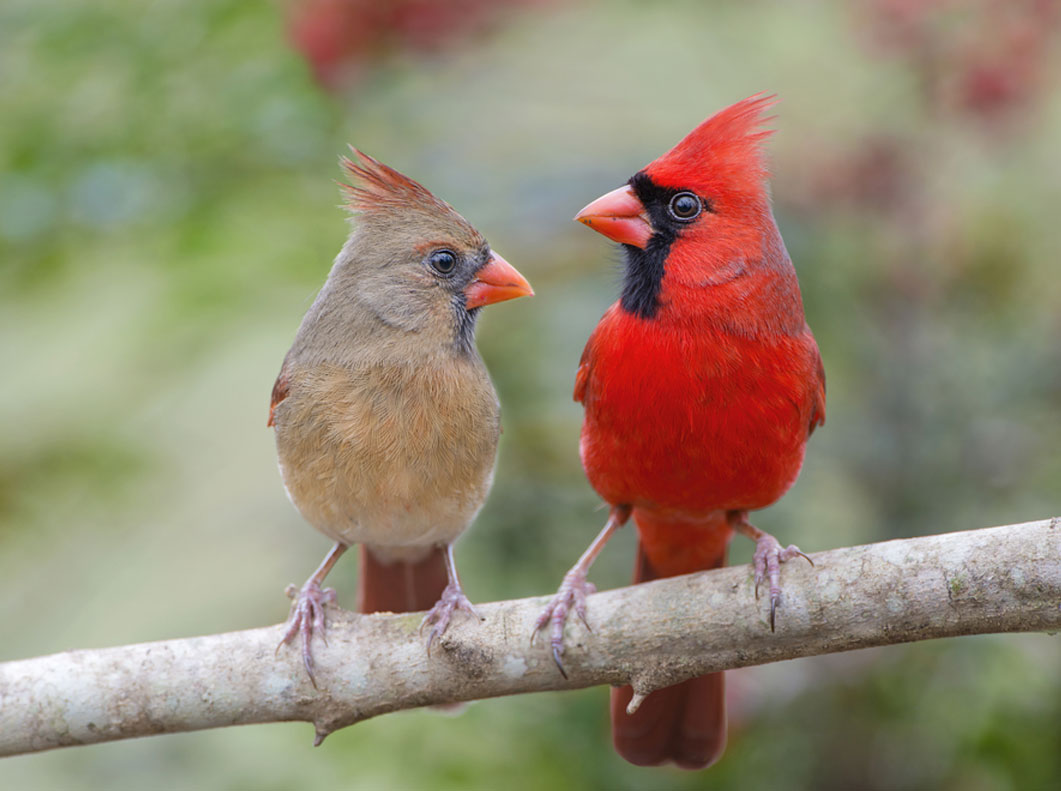
Photo by Bonnie Taylor Barry on Shutterstock
The cardinal is a well-known and beloved species. To attract cardinals to your yard, you need to know what their preferred food items are and understand how they feed. This will help you select the best bird feeders for cardinals. Providing attractive nest site and perching choices can also make your property more inviting. These tips will get you ready to roll out the red carpet for North America’s favorite red bird.
Home on the Range
The cardinal, or Northern Cardinal to be exact, has a large range within the U.S. that ranges from the northeastern Canadian border down into the Gulf States, and as far west as the Great Plains. Less extensive populations exist in New Mexico, Arizona, and even southeastern California. About 4/5 of U.S. states have year-round resident cardinal populations. The species is non-migratory. If you aren’t sure if your home state is part of the lucky majority, check a range map such as the one on the Audubon website.
What’s for Lunch?
Cardinals are primarily seed-eating birds, although fruit and insects are also normal parts of their diet. Providing seed in bird feeders is a reliable way to attract cardinals to your yard. What kind of seed do cardinals eat? Two certain favorites are sunflower and safflower seeds.
Not All Seeds Are Created Equal
Cardinals prefer black oil sunflower seeds over the striped variety, as do most finches and other seed eaters. Not only do black oil seeds have a thinner shell that’s easier to crack, but they also have a larger kernel relative to shell size, and higher fat content. All this adds up to the perfect meal to provide calories and energy to a hungry bird on the go, especially in the winter.
Safflower seeds are less common, and a bit more expensive. Most often seen in commercial bird seed mixes, they are small and white, and also fairly thin shelled. Not only do cardinals favor these seeds, squirrels apparently don’t, so they are a great way to feed the birds with less competition from acrobatic rodents.
Shopping for Seed
When buying seed for feeding any birds, your best bet for both price and availability is a feed store, like Agway or Tractor Supply Co. There, you can custom mix your own blends, or buy prepackaged at wholesale prices. If these sellers aren’t in your area, bagged wild bird seed is available in many garden centers, as well as grocery stores, Target, and Walmart. Always remember that any seed fed to birds should not have salt or other additives, so be careful to check ingredients if you plan on feeding seeds or nuts intended for human consumption.
The Bird Feeders Cardinals Like Best
Cardinals are natural ground and shrub foragers, sometimes also finding food in trees. They are perching birds, hopping from twig to twig and on the ground. Unlike various woodpeckers and nuthatches, cardinals are not built for vertical clinging. For this reason, most tube feeders are not a good choice for feeding cardinals. Those that have horizontal perching options are most often designed for smaller birds. At seven and a half to nine inches in height, cardinals don’t have much room to maneuver on the majority of tube feeders. Even tube feeders with larger perching or a bottom tray can only accommodate one or two cardinal sized birds at a time. The best styles of bird feeder to attract cardinals are platform and hopper feeders.
Platform Pros and Cons
Platform feeders are just what the name implies. They’re flat tray feeders that offer a large surface area for multiple birds to use simultaneously. They can be mounted on posts, hung with chains or rope, or even offered right on the ground. The platform can be made of wood, heavy duty plastic, or metal. Be sure any metal feeders are either rubberized or powder coated to prevent damp bird feet from freezing to the surface in colder temperatures.
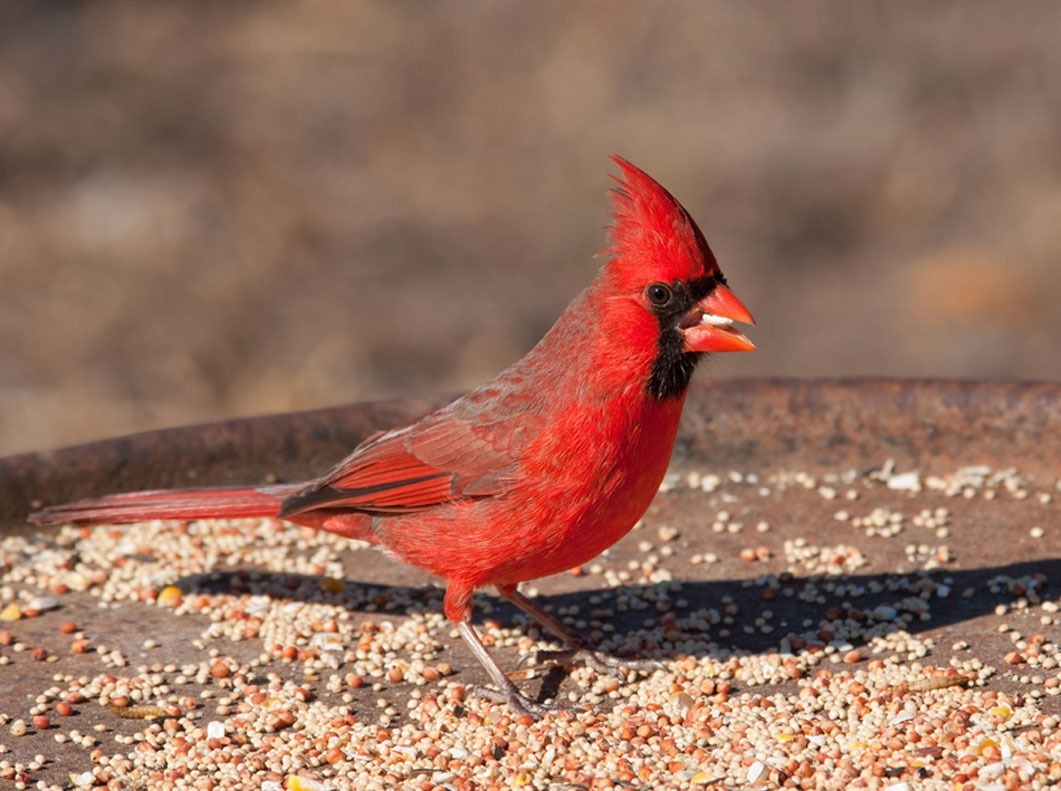
Photo by Sari ONeal on Shutterstock
Platform feeders are straightforward and can accommodate many birds, but unless they are installed with a cover, weather takes a toll. Whenever it rains or snows, the seed will get wet and possibly spoil, so it’s best to feed only a day or two’s worth at a time. Platforms need to be cleaned after wet weather and should regularly be maintained due to droppings in the feed area. Another issue is controlling pest animals at the bird feeder. Easy access for birds can also mean easy access for squirrels, raccoons, skunks, and even deer.
Hello, Hopper!
Hopper feeders, also known as house feeders, are self-contained feeders with a tray and/or perching area around a central seed station. There are either ports in the sides or slots at the bottom that allow seeds to be accessed. As seeds are consumed, gravity moves more seeds down to the feed ports and/or tray. Hoppers come in many materials, shapes, and sizes, but can usually accommodate at least four birds at a time.
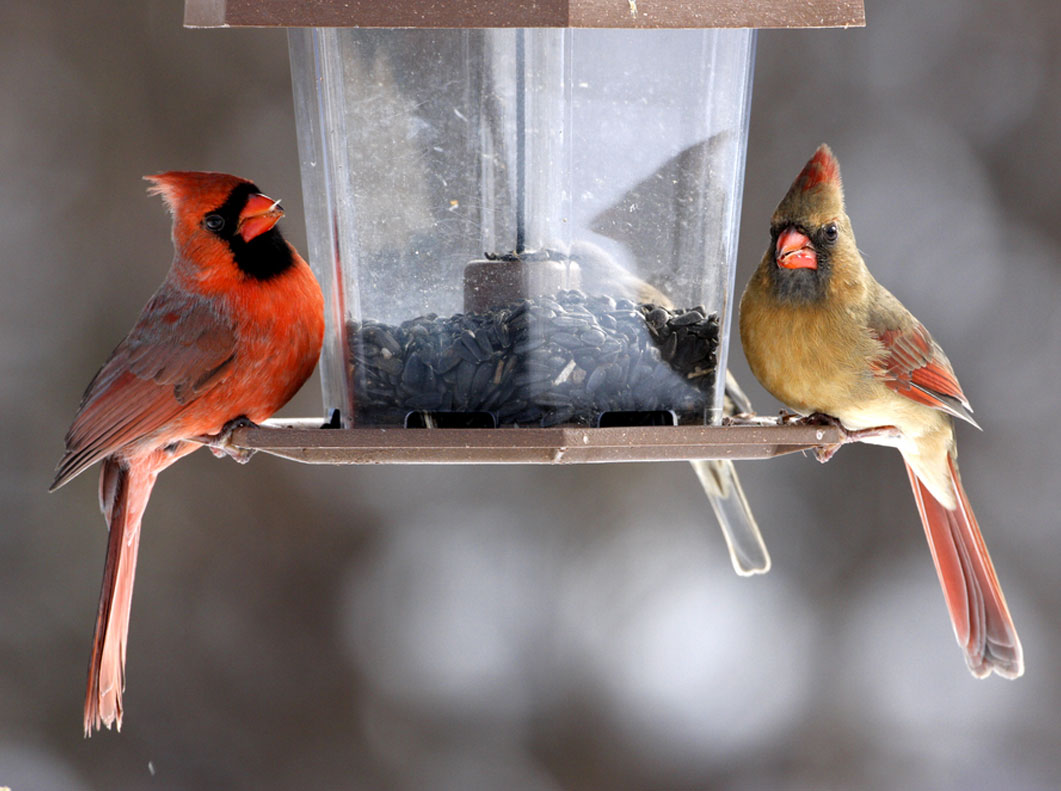
Photo by Chris Alcock on Shutterstock
Because they are covered, seed tends to stay fairly dry, which means you can fill them less frequently with a long-lasting amount. It’s still important to check regularly that the seed ports or slots are clear. Dampness can cause spoilage, which makes seed unhealthy to eat, and can also block the seed movement.
Remember that smaller birds, like chickadees, goldfinches, and juncos are often outcompeted by cardinals and other larger birds, like blue jays at hoppers and platforms. While this is great for the cardinals and jays, offering a tube feeder or two for the smaller species will allow you to enjoy them too, while keeping the peace in your feeding zones. You can purchase many different types of bird feeders at Home Depot, Lowe’s, your local garden center or feed store, or at hardware and specialty stores.
Hold the Peanut Butter!
If you plan on a DIY bird feeder project, please give peanut butter a pass! Pinecone bird feeders attract small finches with tiny beaks. As they grab seeds or take a mouthful of the peanut butter itself, it can seal their beaks shut due to its sticky consistency. Small seed-eating birds like goldfinches and house finches can actually starve to death after feeding on peanut butter because they are unable to open their mouths afterward. For a safe version of this classic simple feeder, use lard, suet, or even Crisco in place of the peanut butter.
Bringing Up Baby
It’s quite a treat to have a nesting pair of cardinals on your property. My husband discovered the nest location of our resident pair in a hedge by watching the male from our back deck. We didn’t approach or disturb the nest, but we enjoyed watching both the bright red male and the golden-olive female disappear into the hedge with food and waiting for the fledglings’ eventual emergence.
Cardinals will not use nest boxes. They choose well-hidden spots in dense vegetation, such as hedges and shrubs, small trees, or vines. Nests are often fairly low, usually between three and ten feet above the ground. Landscaping for cardinals can include thick shrubs, trellised vines, trees up to fifteen feet, and undisturbed undergrowth. Females incubate the eggs and brood chicks, while males patrol and defend the area, sometimes singing from high perches over their territory. Both parents feed their young.
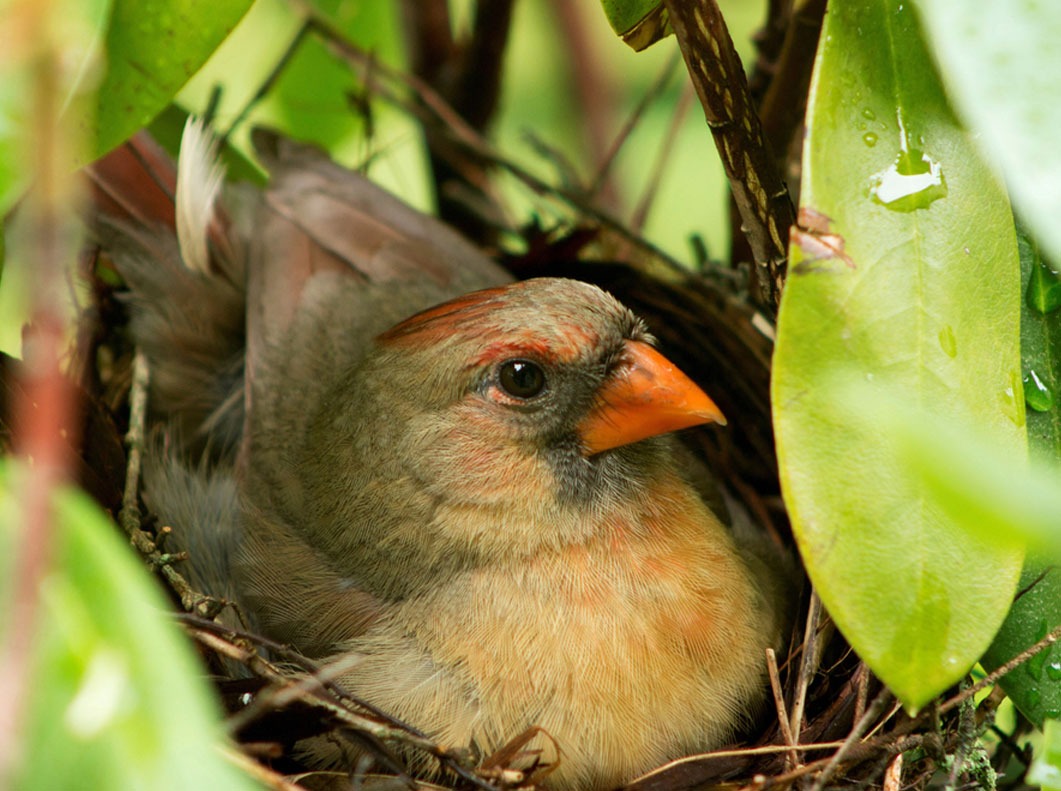
Photo by WoodysPhotos on Shutterstock
There’s generally a good amount of naturally occurring nesting material in the average yard, especially if it’s not “over manicured.” Twigs, grasses, soft bark bits and leaves are all part of a cardinal’s cup nest. If you have dogs or cats, one way you can help out come spring is saving any hair you get from brushing and putting it out in suet feeders for cardinals and other birds to line their nests. You don’t even have to hang the feeders—they just keep the hair from blowing away. Cardinals and similar birds will find it easier to take from them off the ground.
Spiders and Caterpillars and Beetles, Oh My!
Like most songbirds, cardinals feed their hatchlings almost exclusively on insects and other small arthropods. As unappetizing as it may seem to us, these protein-packed morsels are the perfect food for growing chicks. A yard that has been sprayed with chemical insect repellent doesn’t offer a lot to a cardinal pair, or other nesting songbirds, in the way of family feeding. Choosing to keep your property chemical free and opting for citronella candles, or even a bug zapper on your patio or deck will make your property more inviting to prospective parents.
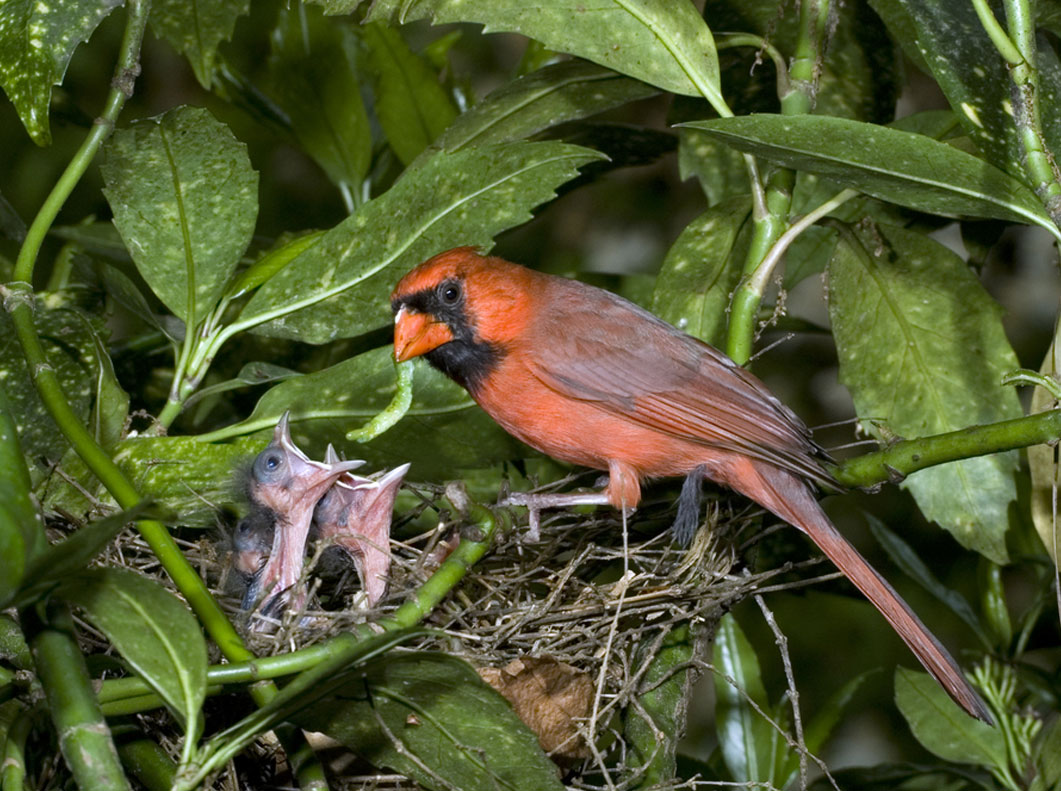
Photo by Ivan Kuzmin on Adobe Stock
Water Is Life
Adding a birdbath to your yard or garden is another way to invite cardinals and other species of birds to come and stay a while. Bathing is an important natural behavior, helping to keep a bird’s feathers in good condition and discourage parasites. A birdbath also provides drinking water and can make your yard that much more attractive in the warmer months, as well as in the winter. There are both electric and solar powered bird bath heaters available in specialty stores and through online vendors like Amazon and Hayneedle.

Photo by Jillian Cain Photography on Shutterstock
Branching Out
Cardinals are truly a beautiful bird species, and one of many people’s favorites. As you aim to attract them to your property, don’t miss the forest for the trees. That’s, don’t miss out on appreciating other birds that may find your yard irresistible. From the ubiquitous robin to the elegant oriole, from the stubby winter wren to the glossy, clever crow, there’s an avian world around us that’s ripe with wonder.
The next time you see a bird you don’t recognize, try to identify it. A field guide for your region will help. Peterson’s is easy to use and beginner friendly. A small pair of binoculars can make distinguishing field marks easier and give you a bird’s eye view of the exciting world in your own backyard. A weekend’s worth of set up can make years of rewarding bird watching literally just a window away!




